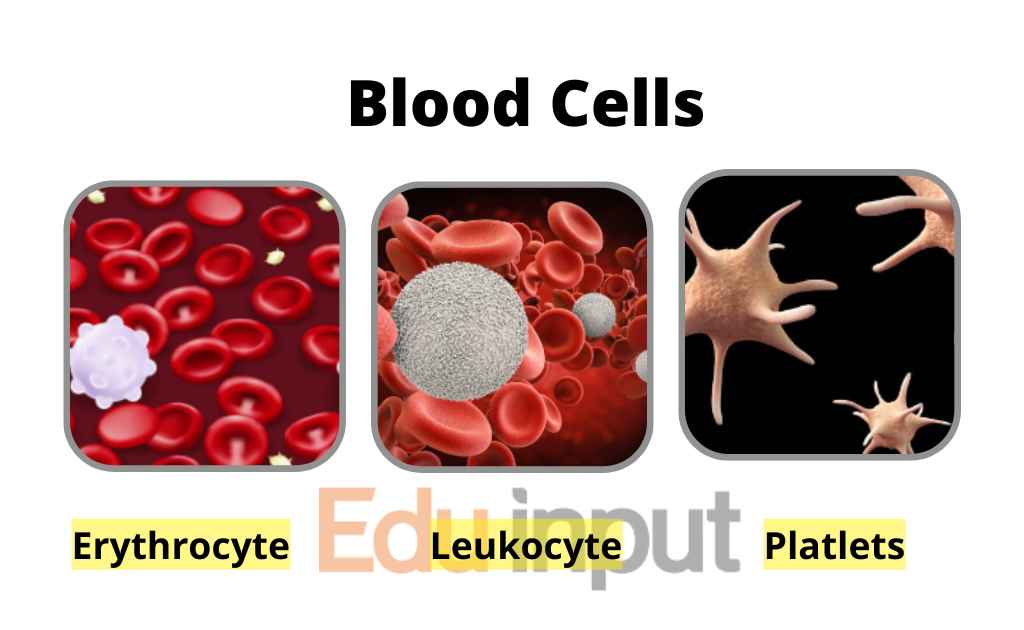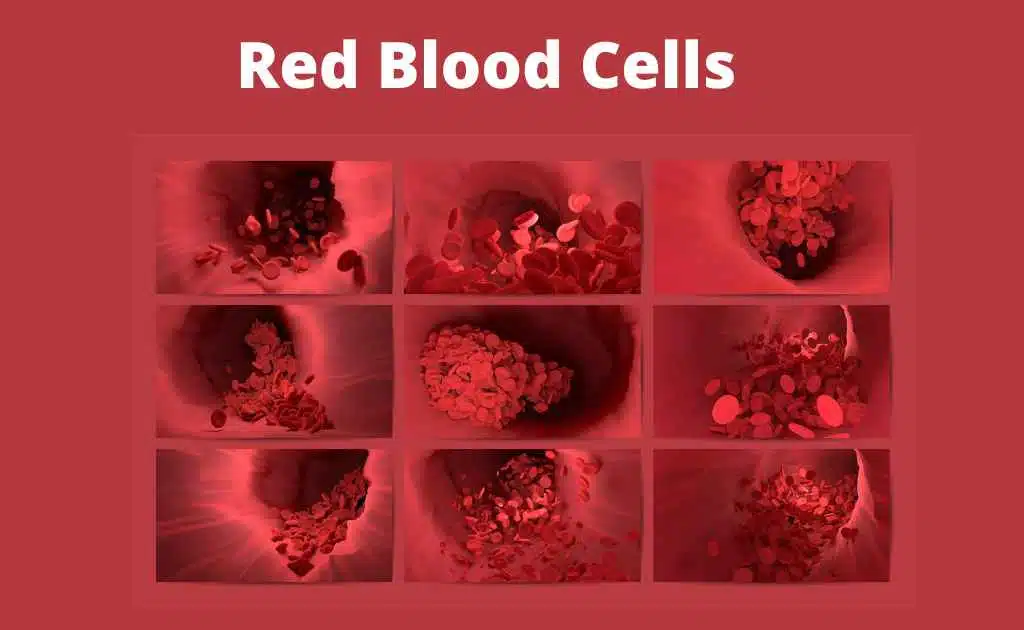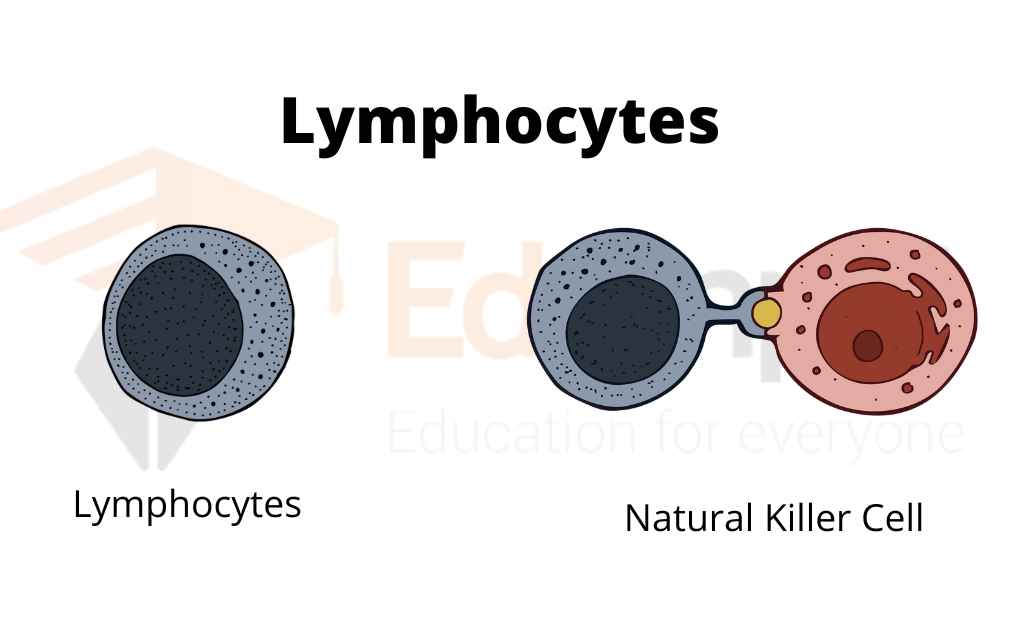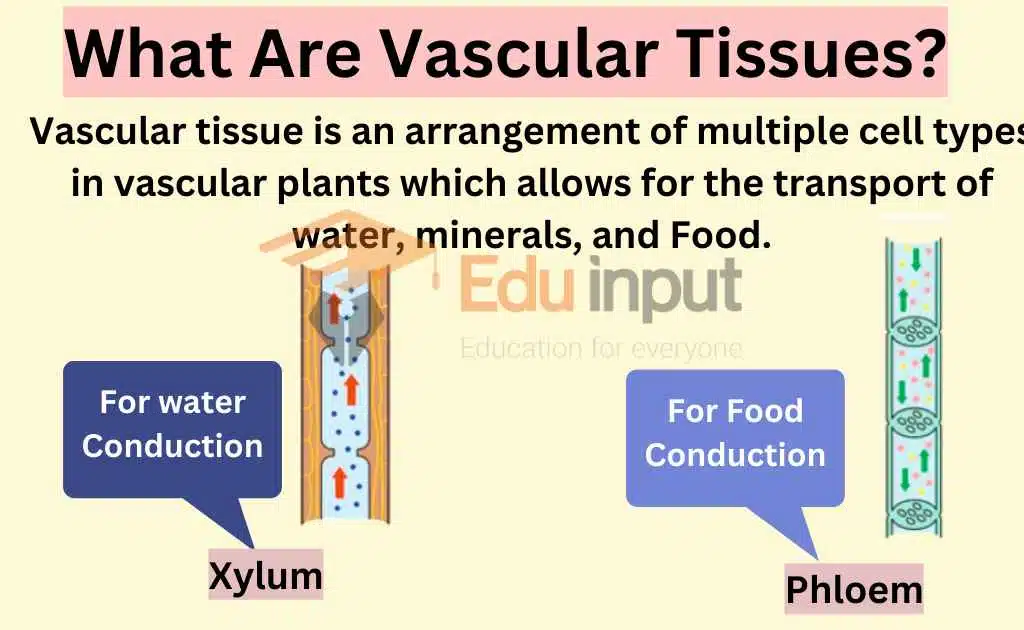Composition of Blood- A Brief Description
The circulatory system is usually classed as one of the four main systems in living organisms, (the other three being the nervous, excretory, and reproductive systems).
Blood is not just a sterile liquid that flows through the body; it is alive. Blood is rich in dissolved ions and proteins including enzymes, hormones, immunoglobulin, cellular metabolites, and fats to name but a few.
It also includes trace amounts of special proteins, known as clotting proteins which are involved in the clotting of blood for the prevention of bleeding from damaged vessels. It has the properties of both a liquid and a tissue.
Most blood cells are produced by specialized stem cells in bone marrow but some blood cells, termed hematopoietic stem cells (HSC) can be found circulating in the blood.
Blood is composed of many cellular components, including red blood cells, white blood cells, and platelets.
Composition of Blood
Blood is composed of
- Plasma
- Red Blood Cells (Erythrocytes)
- White Blood Cells (Leukocytes)
- Platelets

Plasma and its Composition
Plasma is the liquid part of the blood. It is composed of:
1. Plasma contains about 90% water. This water acts as a sol and transports nutrients.
2. It contains 7% proteins. These proteins are albumin, fibrinogen, and globulins. The concentration of these plasma proteins controls the concentration of water between the blood and extracellular fluid.
- Albumin is about 60% of the total plasma proteins.
- Fibrinogen is necessary for blood coagulation (clotting). The plasma in which blood clotting proteins are removed is called serum.
- The globulins include immunoglobulin. They are various metal-binding proteins.
- The gamma globulin proteins function in the immune response. It consists of antibodies.
3. The remaining 3% of plasma is composed of electrolytes, amino acids, glucose, other nutrients, enzymes, hormones, and metabolic wastes. It also has traces of many inorganic and organic molecules.
Erythrocytes (Red Blood Cells)
Red blood cells, or erythrocytes, are different in size, shape, and number in different vertebrates. Lower vertebrates generally have larger RBCs than higher invertebrates, but their number is smaller in lower vertebrates.
Most vertebrate RBCs are nucleated. However, mammalian RBCs are enucleated.
Leukocytes (White Blood Cells)
Leukocytes, or white blood cells, play an important role in the immune system. They make up a small portion of the blood, but their job is to help protect the body against infection and disease.
Platelets
They are fragments of cells that are disk-shaped. When there is an injury, they quickly move to the site and form a clump. This starts the process of blood coagulation.
Functions of Blood
Blood performs following functions;
- Transport of Oxygen
- Transport of Co2
- Transport of Excretory Material
- Distribution of Hormones, Enzymes and Electrolytes
- Regulation of body temperature
Related FAQs
What is Blood?
Blood is not just a sterile liquid that flows through the body; it is alive. Blood is rich in dissolved ions and proteins including enzymes, hormones, immunoglobulin, cellular metabolites, and fats to name but a few.
What is the composition of blood?
Blood is rich in dissolved ions and proteins including enzymes, hormones, immunoglobulin, cellular metabolites, fats, and Electrolytes.
Its main components are;
Plasma
Red Blood Cells (Erythrocytes)
White Blood Cells (Leukocytes)
Platelets
What is the function of blood?
Blood primarily functions for the transport of Oxygen, Carbon Dioxide, excretory material, enzyme, and hormones and aids in body temperature regulation.







Leave a Reply